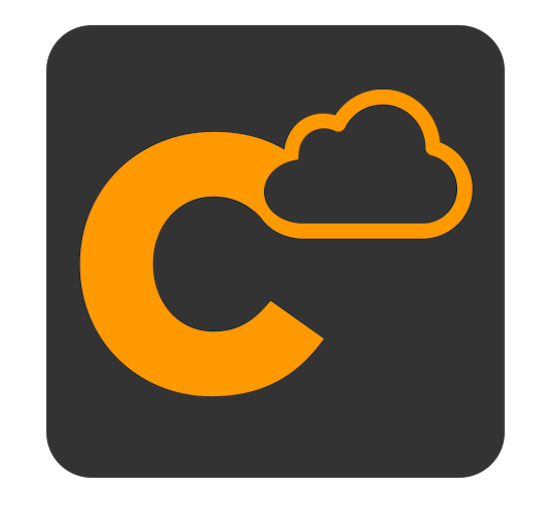No access to AWS Console: No Problem - Commandeer to the Rescue!
# No access to AWS Console: No Problem - Commandeer to the Rescue!
For many developers out there that are using AWS in their day to day jobs, there is a major problem in actually managing AWS services. Most DevOps teams do not allow their devs access to the AWS Console due to security purposes. This means that developers are truly flying blind when building software in the cloud.
This is one of the use cases where Commandeer truly shines. We give you access to all your S3 files, DynamoDB tables, SQS Queues, SNS Topics, and much much more. If you are a developer coding your system and then push to the development branch, you can now verify that your Lambda triggers are actually connected to your DynamoDB streams, or that your CloudWatch Logs are actually being populated correctly from your running lambda.
Download the Commandeer App - 1 week free trial - The #1 developer IDE to manage your serverless and container infrastructures, both locally and in the cloud. With support for 35+ of the best cloud services out there. Available on Mac, Windows and Linux.
# Commandeer - An AWS Console Alternative

If you are given AWS access keys and possibly a session token, you can now easily add them to the Commandeer app, and actually visualize the system that you are developing on. You can connect to multiple AWS environments, or setup a different account for each region, the possibilities are truly endless. Below you can see an image of our account edit modal that allows you to setup your environment.
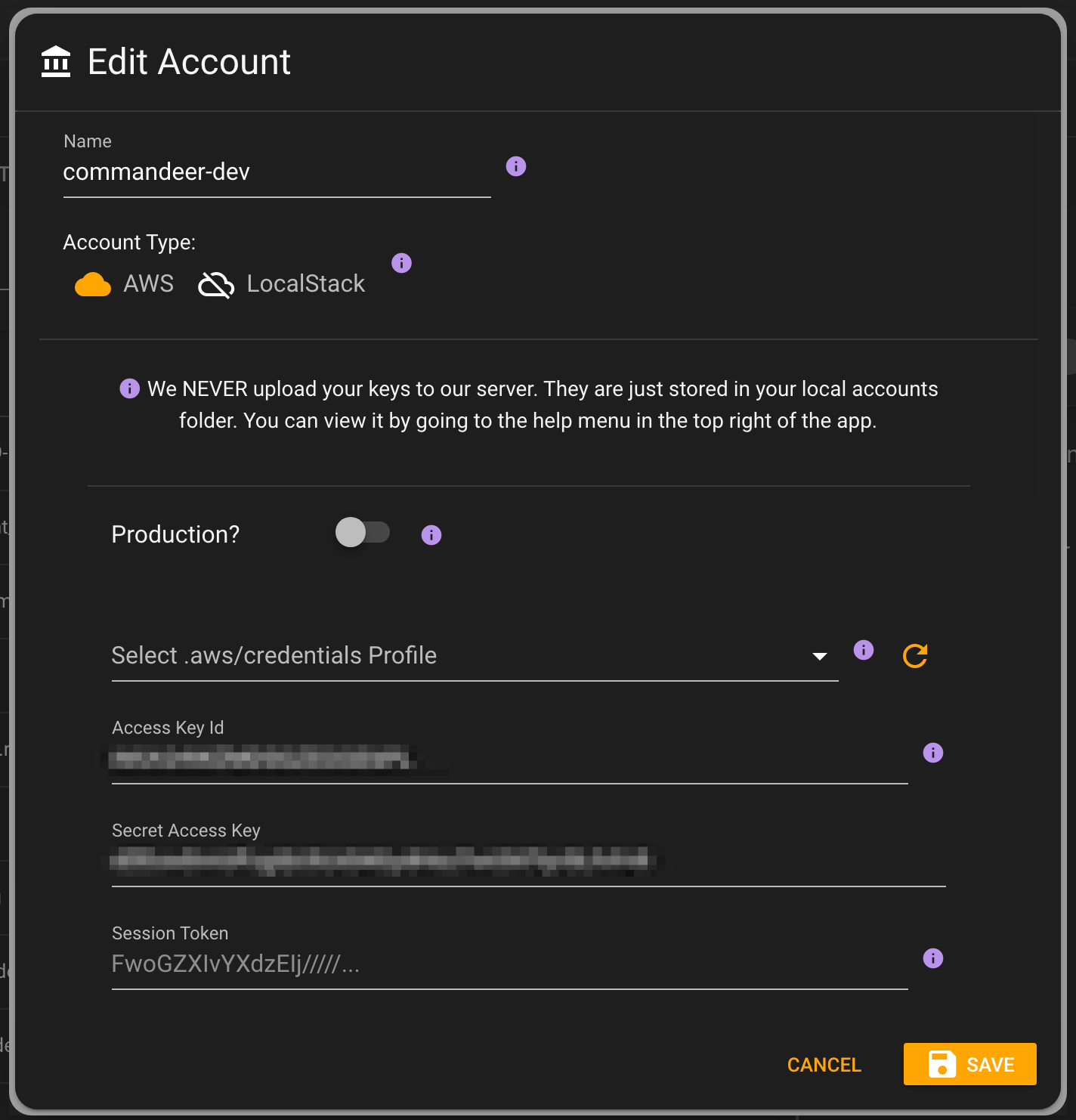
You can get your access keys in a number of different ways. If you are able to access the AWS Console but just want to have a better experience accessing your services from a dedicated desktop GUI, then you can obtain them by following these instructions. If your company is using Okta, then you can following the instructions here to get setup. Lastly, you can just reach out to your DevOps manager to have them send you access keys.
As you can see in the image above, you can also add your credentials to your local .aws/credentials profile and then set it here. This is especially handy if you have it setup to automatically update your session token, as Commandeer will poll this file and if it changes, it will update it for you.
# A new way to view your system
Over the past 2+ years we have been working tirelessly to make an IDE that let's you manage AWS in a much friendlier way than is currently available. There are hundreds of features throughout the app including the ability to setup workspaces to logically group your resources, testers for all your lambda triggers, like SNS, SQS, S3, DynamoDB Streams and the API Gateway, an S3 carousel to view your files easily, full app breadcrumbs, side navigation, tabs, and system and er diagrams to visualize your system and much much more. Below you can see a glimpse of the IDE, that not only shows you an example of a workspace setup for the User Microservice as well as the S3 Carousel.
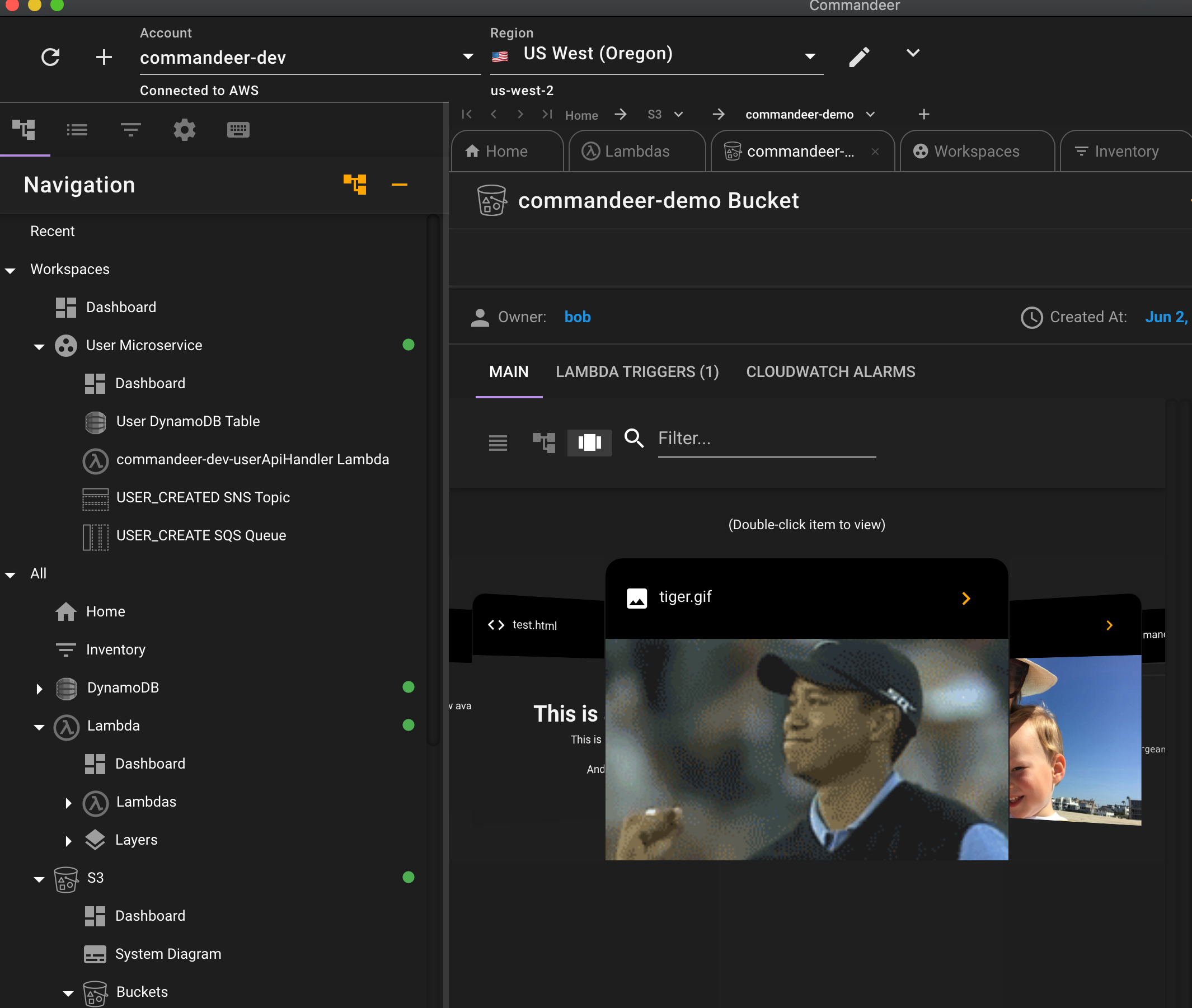
And here is an example of viewing your SQS system diagram with the connections to Lambda.
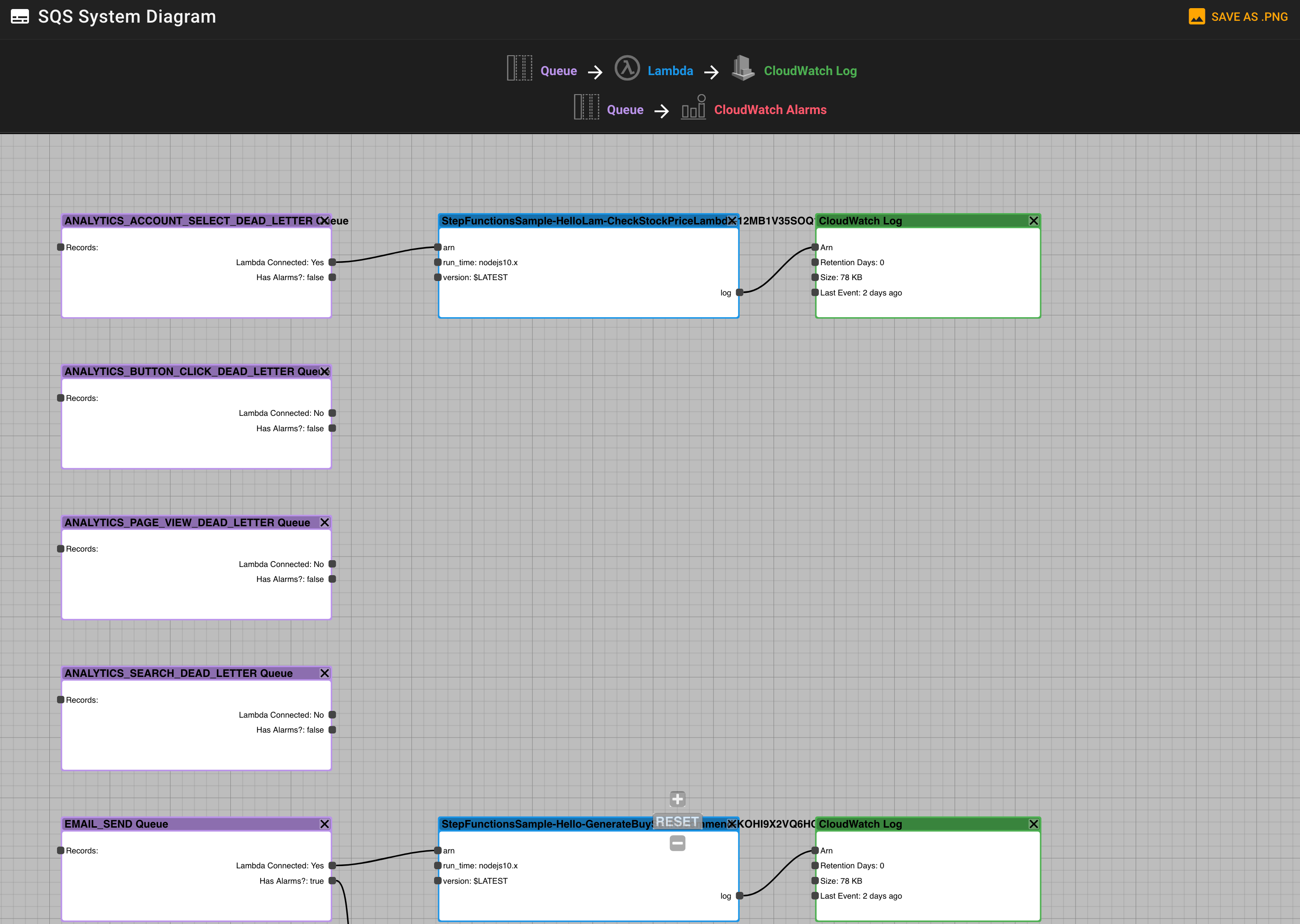
And lastly, our DynamoDB ER Diagram tool, that not only shows you all your tables and their columns, but also infers relationships between tables based on indexes.
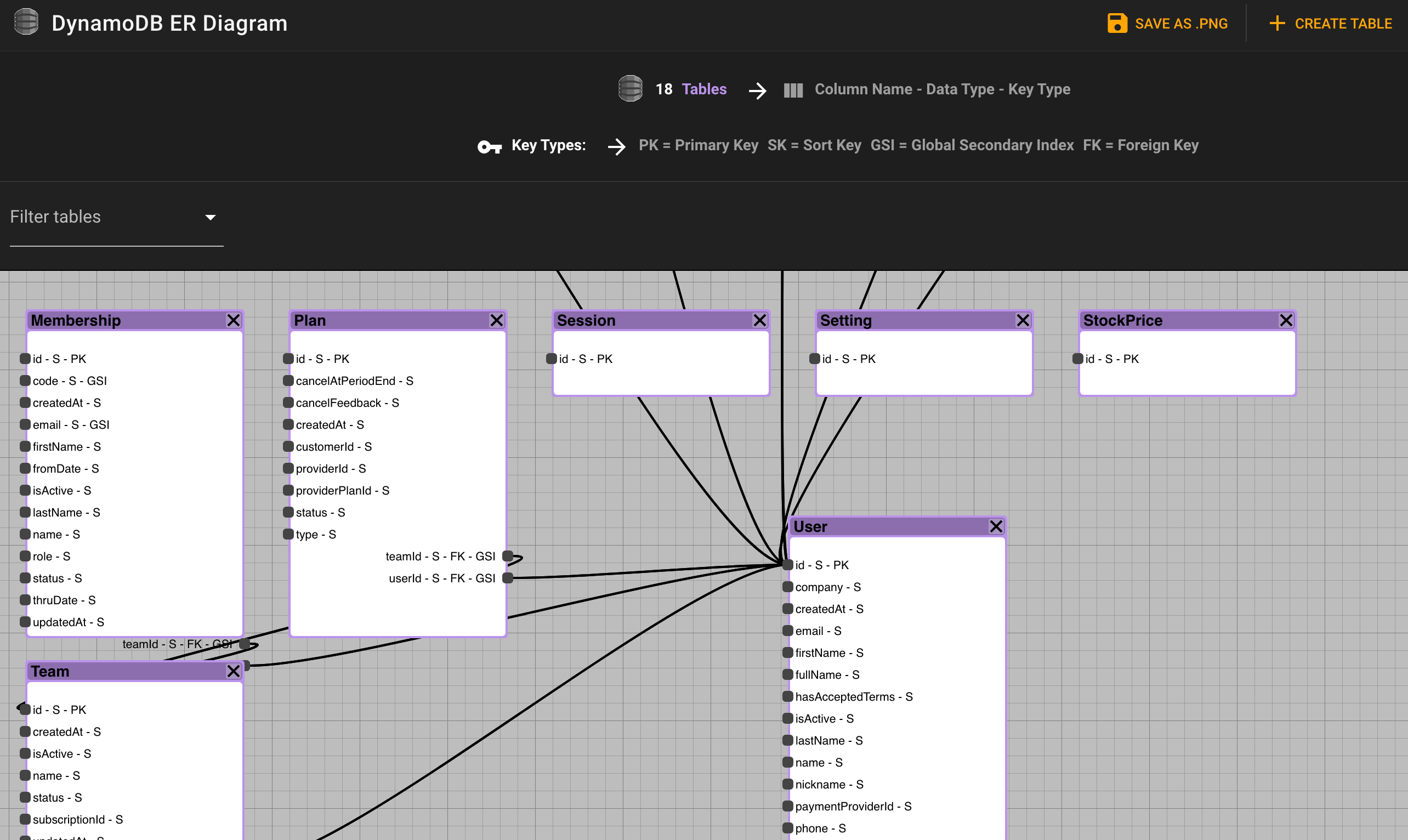
# Conclusion
Once you start working with Commandeer, you will begin to wonder how you managed to do all your work before. We are quite active in development and are adding more and more features to the product every week. If you have any questions or issues, you can simply reach out to us on our GitHub project, and if there is a feature you need, we will build it for you. AWS cloud computing is the number 1 cloud system out there, and now you can bask in all it's glory too!
